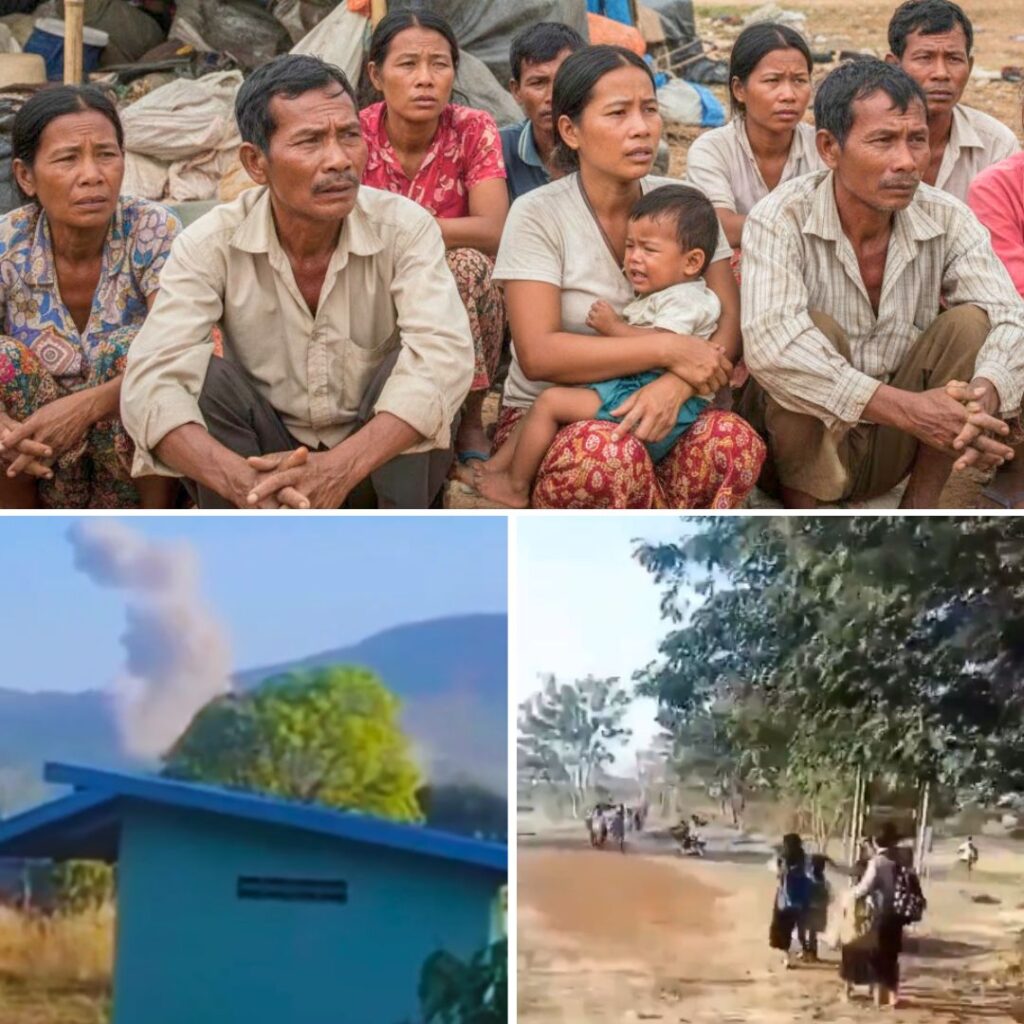Imagine you are on a trek at an altitude of 11,000 ft, struggling to breathe while walking on a 2 feet wide path in Himalayas. Next, to a steep valley, a misstep will cost your life.
But a group of people from different parts of the world went through this unimaginable trek to electrify the 1000-year-old remotest village in Ladakh, Shade. The trekking group travelled 300+ Km through serpentine roads, streams and steep valleys via four wheelers and then trekked 125 Km to reach the himalayan village. The group spent 2 days in the village to set up 5 solar powered DC microgrids designed by ‘Global Himalayan Expedition’.
Expedition participants trekking dangerous mountains
This is not the only remote village ‘Global Himalayan Expedition’ team has electrified. Till date, they have electrified 52 villages impacting over 20,000 people in the himalayas. There are multiple organisations that provide basic electricity to villages which are easily accessible but there are very few that provide electricity to the villages that are not connected by roads and are remotely located. To reach these villages the team has to trek for multiple days from the last point of the motorable road.
Top: The expedition team that electrified Shade; Down: Participants working on solar panels installation in the village How Did ‘Global Himalayan Expedition’ Start?
Paras Loomba, an electronics and communication engineer quit his corporate job after completing an International Antarctica Expedition in 2012 led by Robert Swan, OBE founder of 2041.
“I realised there is a huge need in India itself to combat climate change using technology. After returning to India, I started a similar program involving social impact. The plan is to utilise clean technology to combat climate change in remote Himalayan villages. This is how ‘Global Himalayan Expedition (GHE)’ started. The first expedition was joined by 20 people from 10 different countries,” said Paras.
The First And Second Expedition
Being the son of an army officer, Paras lived in many remote parts of North East and in J&K. Paras was already familiar with the topography of these regions. He chose Ladakh as it had a large number of off-grid trekkable villages that were not connected by road. For the first expedition, the Global Himalayan Expedition team established an education centre in 2013 called ‘Third Pole Education Base’, in a 14×20 room in Mahabodhi school in Leh, with an aim to impart digital and experiential education for the students of Ladakh. The school houses students from the surrounding 50 villages.
One of the Third Pole Education Bases
“ At the end of the school year, I visited one of the student’s village, Sumda Chenmo, which is located at 13,000 ft, that had never seen light in its 1000 years of existence. It took us 2 days to trek and reach the village. The village is beautiful with no roads and electricity. There it struck me, as engineers why cannot we provide this village with basic electricity,” said Paras.
At this juncture, Paras and his team decided to start the second expedition in 2014 to electrify this remote village using DC microgrid technology. The DC microgrid is easy to set up and also the voltage and current levels are low and not fatal to human beings as it may take days together to go to the nearest hospital.
Sumda Chenmo village. PC: MountainStays
Till now the team has electrified over 50 villages and most of these villages are remotely located on the hills. They have trekked for days and sometimes weeks to reach these villages.
Operations Model
The ‘Global Himalayan Expedition’ has three essential models for electrifying a remote mountain village.
Expedition Model: The cost for the Solar DC microgrid is collected or crowd funded from the participants who get selected. Generally, 20 participants are selected for each expedition. If the cost of the DC microgrid is 1 lakh, each participant pays Rs. 5,000 to Global Himalayan Expedition along with his/her expedition fees. The team along with the participants goes on an expedition, sets up the microgrid and lights up the village. CSR funds: Many corporates spend their CSR funds to light up the villages in the himalayas. They fund the electrification costs through a foundation to GHE. Funded by villagers: The Global Himalayan Expedition team reaches out to different regional heads or councillors to know if there are any villages in the himalayas without electricity. Then the team with the help of a local mountain guide visits the village, mobilises villagers and creates awareness on solar based electrification. After clearing doubts of the villagers on the process of electrification and gathering of funds starts, two villagers of them are chosen to open a joint account in the nearest bank which is sometimes a two-day trek. Every household in the village contributes Rs.100-150 in the bank accoun…













